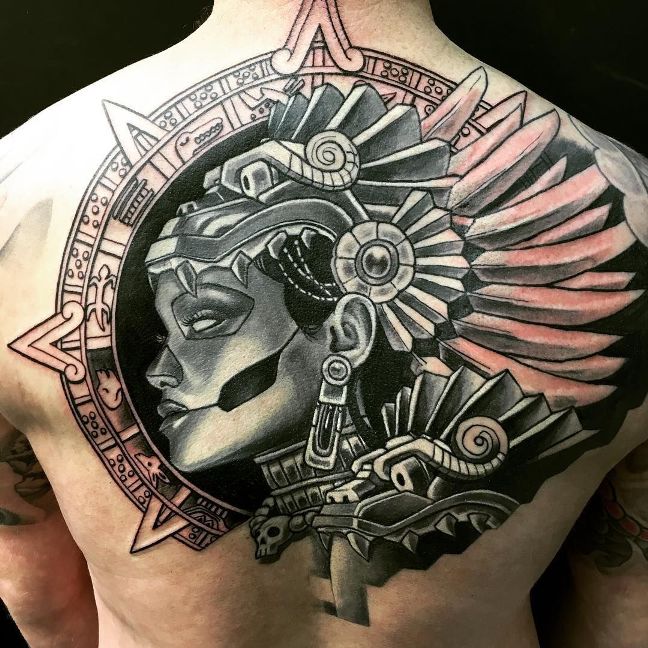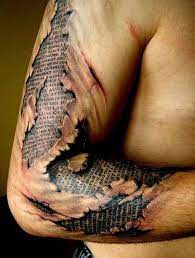
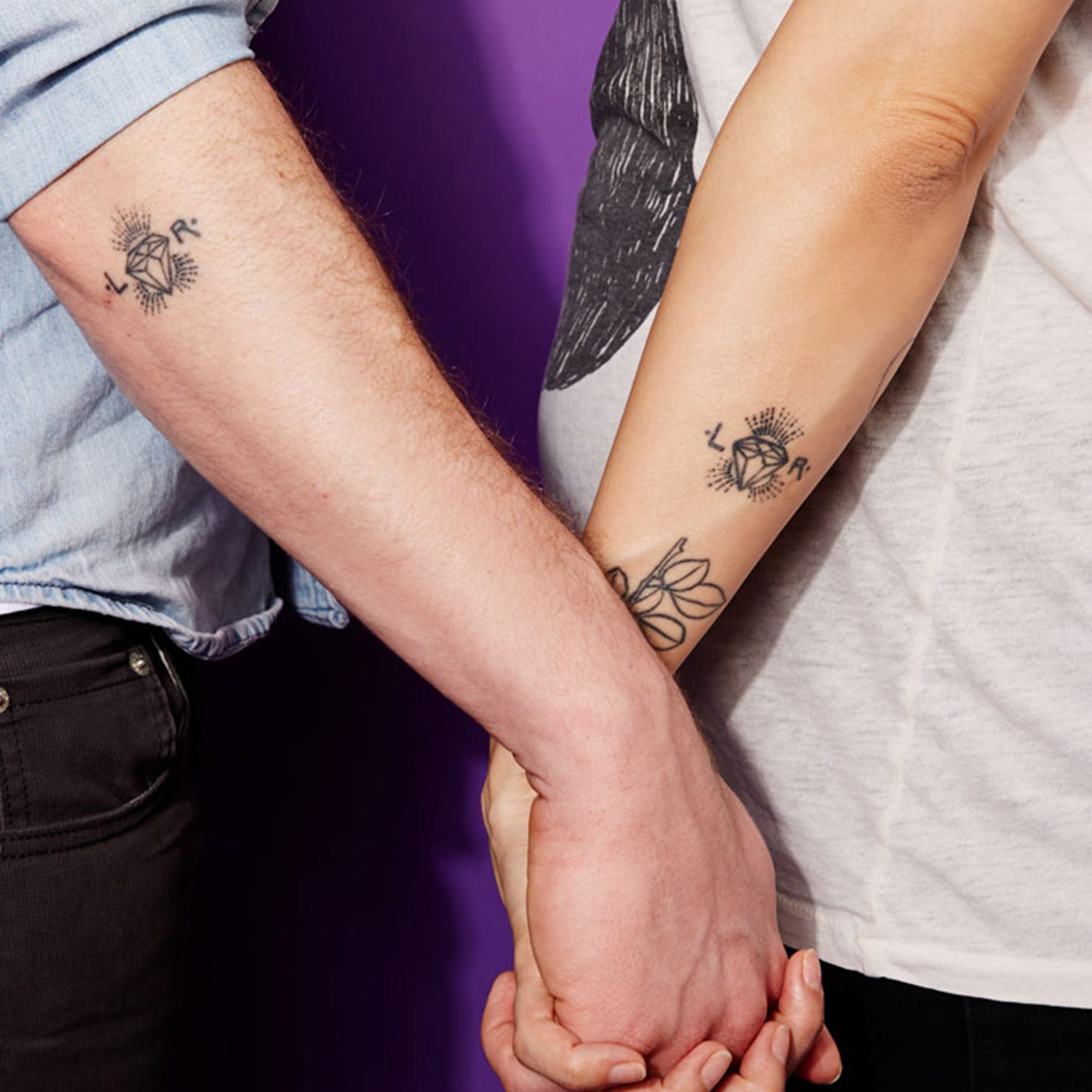
Do not touch, pick at, or peel your tattoo if it begins to crack. This can lead to serious skin conditions such as milia and severe acne.
Wash your tattoo with mild, fragrance-free soap and apply first aid ointment twice daily to keep your tattoo hydrated and prevent cracking. This will help minimize scabbing.
Scabs
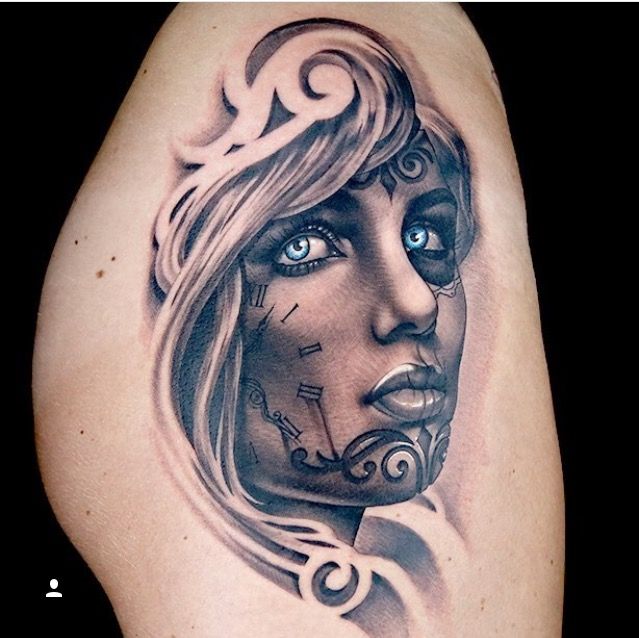
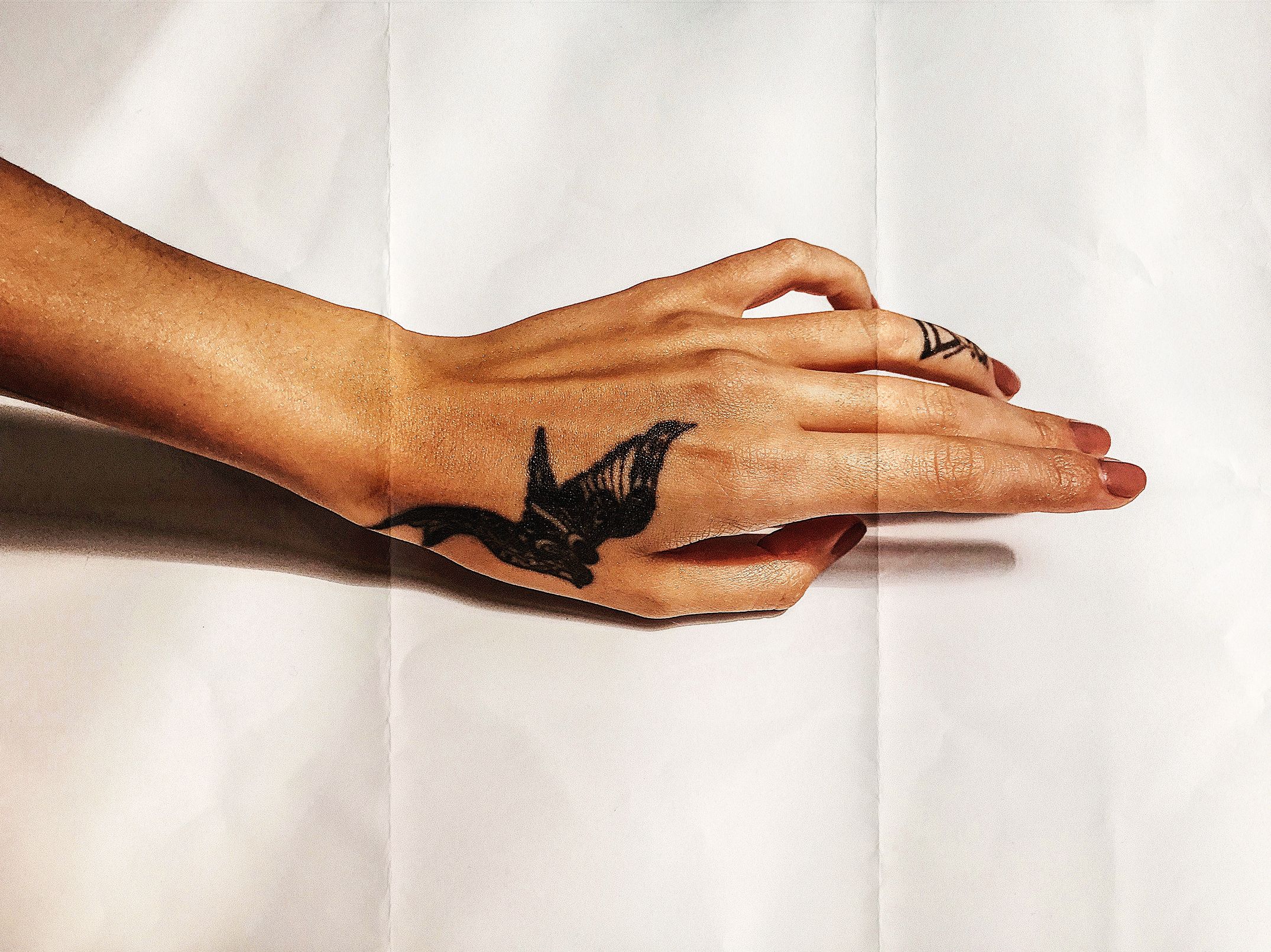
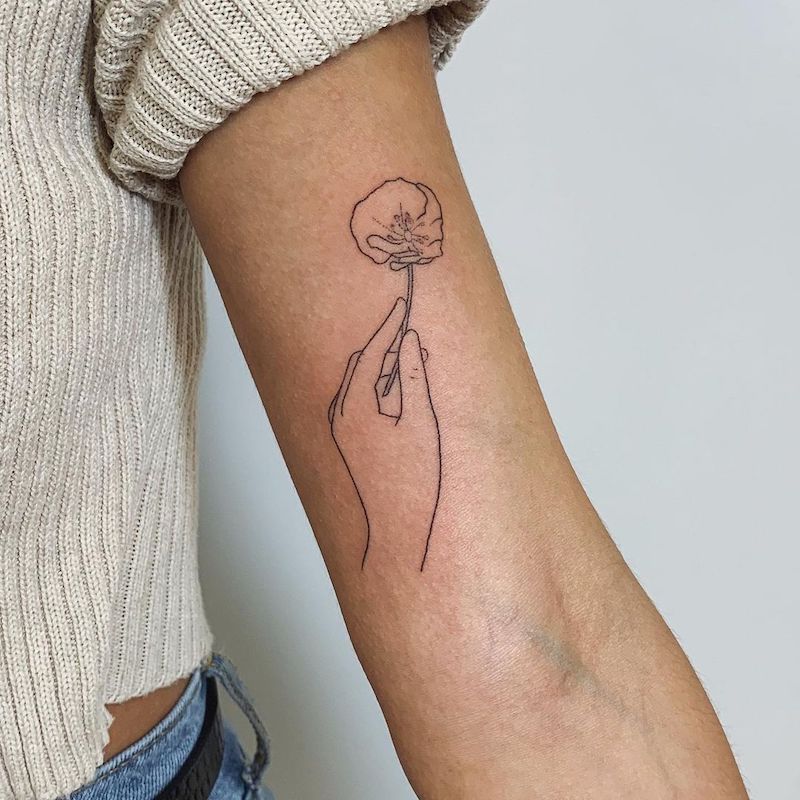
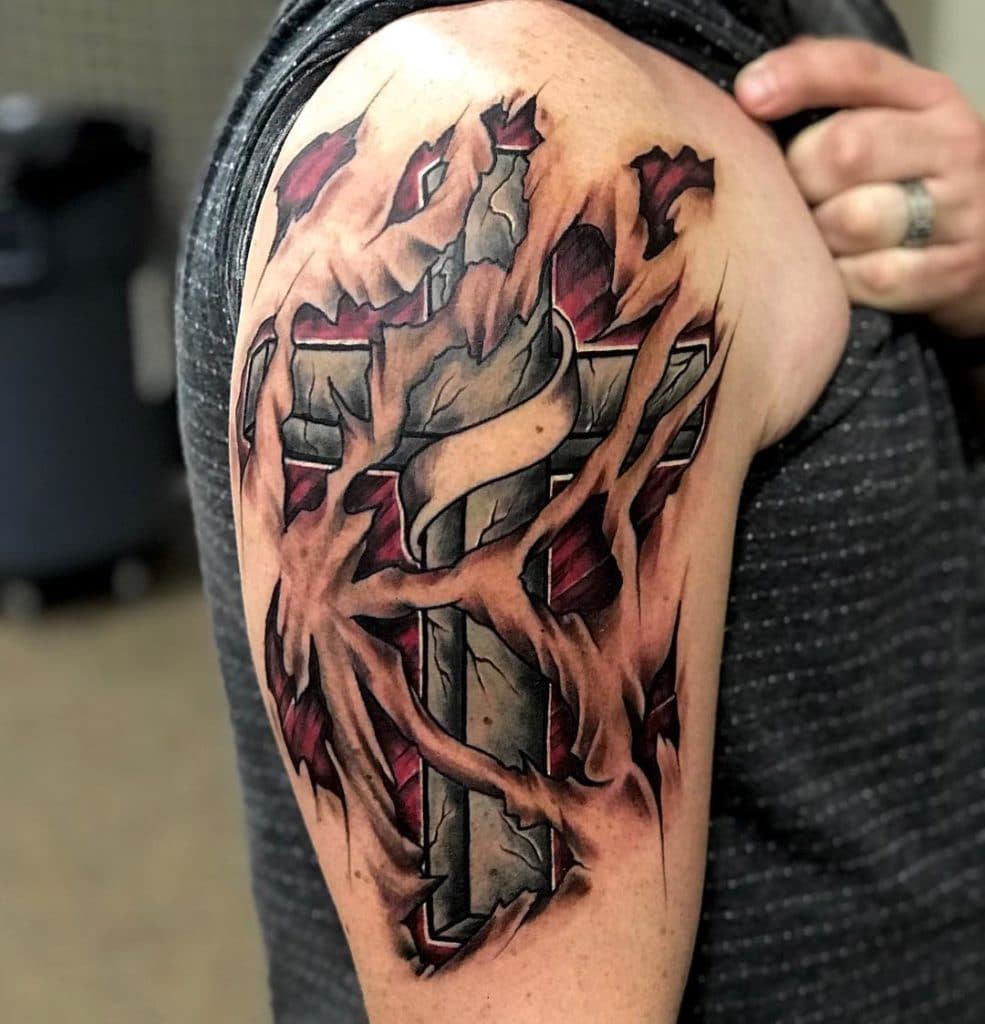
Scabs are a natural part of the healing process, even though they may appear unsightly and itchy. They protect wounds from bacteria and help stimulate new cell growth.
Avoid picking at scabs as it can hinder the skin’s healing process and potentially result in scarring. If a scab becomes infected, seek medical assistance immediately.
Dehydration
If your tattoo lacks hydration, it may develop thick, prominent scabs that easily crack. This may require additional bandaging and slow down the healing process.
Use a moisturizer explicitly tailored for your skin type to prevent dehydration. Avoid showering with hot water and pat your skin dry after showering. Picking at scabs can lead to infection, scarring, or color loss in your tattoo.
Allergies
Allergies to tattoo ink can cause painful and itchy rashes that may scab and scar the tattoo. Allergic reactions are most commonly seen with red tattoo ink.
Patch tests conducted by an allergy specialist can help diagnose ink allergies. These tests can take place shortly after getting inked or even years later.
Infection
Although rare, infections can occur if Tattoos are not adequately cleaned. Unsanitary equipment can lead to severe bacterial infections, such as staphylococcus or MRSA. Look out for symptoms like severe itching, fever, or pus-filled sores.
If an infection occurs, doctors may prescribe antibiotics or anti-inflammatory ointments for treatment. Inflammation caused by skin break Tattoos can result in delayed wound healing and other dermatological issues.
